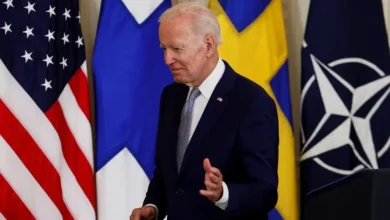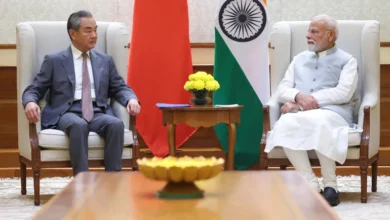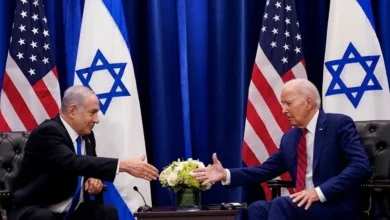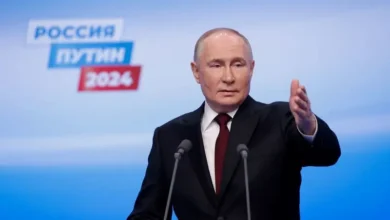Why are gold prices soaring amid US President Trump’s tariffs?
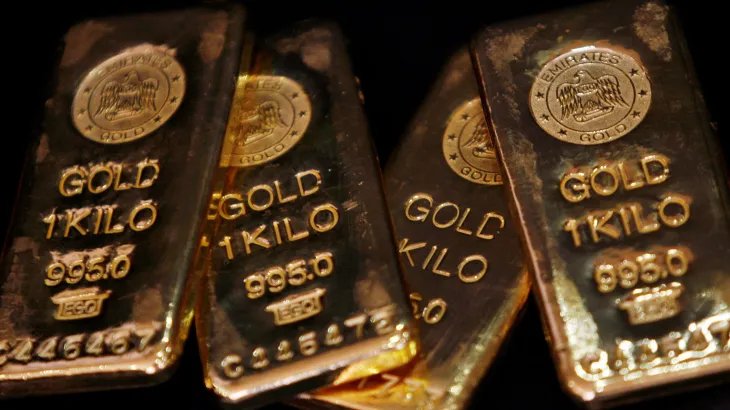
United States President Donald Trump’s tariffs – some threatened, others executed – have sent global markets into a tizzy, pushing down several currencies.
But some things have become costlier, especially on grocery shelves.
And for those who visit the jeweller, gold.
With Trump’s 25 percent tariffs on steel and aluminium imports kicking in this week, we look at why the price of the yellow metal has soared in recent days, why its value rises during periods of uncertainty, and whether some other assets are also benefitting from the Trump chaos.
What happened to the price of gold?
Following Trump’s economic moves and rhetoric, gold has climbed to a record high. Exports say that this points to a desire for a safe asset.
On Monday, gold broke above $2,900 per ounce for the first time. It extended gains Tuesday to hit a new peak above $2,942 per ounce.
Spot gold rose by 0.3 percent to $2,916.37 per ounce as of 07:01 GMT after earlier reaching $2,942.70.
When has the price of gold soared in the past?
History contributes to the public perception that gold is a safe asset.
In early 2008, when gold prices surpassed $1,000 per ounce for the first time, the housing crisis in the US hit. Gold prices dropped briefly before stabilising and then began to climb. By September 2011, gold reached a record high of about $1,900 per ounce, as the world grappled with the aftermath of the financial meltdown.
More recently, Russia’s full-scale invasion of Ukraine in February 2022 created uncertainty in global markets – contributing to rising oil and commodity prices – further expanding inflation concerns. By March of that year, gold prices spiked to $2,070 per ounce, from $1,910 the month before.
What’s the trigger this time?
Trump signed proclamations late on Monday, reinstating a 25 percent tariff rate on steel from all countries, and raising tariffs on aluminium to 25 percent from his previous 10 percent rate.
He also eliminated tariff exclusions on products that use both metals, as well as country exceptions and quota deals.
The US imported about $49bn worth of steel and aluminium in 2024, according to government data.


